Hwang Ryong Won (황룡원)
19.5Km 0 2022-07-26
40, Expo-ro, Gyeongju-si, Gyeongsangbuk-do
+82-54-760-0500
This unique architecture is a reinterpretation of the Hwangryongsa nine-story pagoda format from the Silla period using modern science technology and architecture methods. The building has become a new landmark in Bomun Tourist Complex and is also used as a training institute by offering various programs like meditation. There are simple one-hour programs or overnight tour courses available through prior reservation.
Gyeongju-si Special Tourist Zone (경주시 관광특구)
19.5Km 12803 2023-01-03
614, Gyeonggam-ro, Gyeongju-si, Gyeongsangbuk-do
+82-54-779-6084
Gyeongju was the capital city of the ancient kingdom of Silla. The city is often referred to as a “museum without walls” because of the many cultural relics scattered throughout the city. Almost everything in this city, from the streets to the mountains, is rich in history. Gyeongju has roughly 300 sites that have been designated as a cultural heritage, with some of them being UNESCO-recognized World Heritage Sites.
The Gyeongju Special Tourist Zone includes the districts of Namsan, Wolseong, Daereungwon, Hwangryongsa, and Sanseong. This area has a total of 52 cultural assets registered on the World Heritage list. Many of the hills are actually royal tombs and fields of grass used to be sites of ancient temples.
The entire Namsan Mountain can almost be considered a cultural asset because of the many stone pagodas and Buddha statues that can be found here. The Bulguk district is home to many of Gyeongju’s most well-known attractions such as Bulguksa Temple, Seokguram Grotto, Gyeongju Folk Village, Silla Arts and Science Museum, and Goereung.
In the Bomun district, there are plenty of recreation facilities surrounding Bomunho Lake. Other attractions in the area include Gyeongju World Culture Expo Park, Gyeongju World, and Silla Millennium Park.
[Gyeongju Special Tourist Zone]
Areas included: Downtown area, Bomun Lake Resort, and Bulguksa Temple in Gyeongju-si, Gyeongsangnam-do
Area size: 32,650,000㎡
Tourist Attractions: Bulguksa Temple, Seokguram Grotto, Daereungwon Tomb Complex, Namsan Mountain, Bomunho Lake, Shilla Millennium Park, Gyeongju World Culture Expo Park, etc.
Gyeongju Expo Park (경주엑스포공원)
19.6Km 42121 2024-02-27
614 Gyeonggam-ro, Gyeongju-si, Gyeongsangbuk-do
Gyeongju Expo Park is located in the Bomun Tourist Complex in Gyeongju, offering a thematic experience of Korean culture through exhibitions, performances, and hands-on activities showcasing the art and culture of the Silla dynasty (BC 57-AD 935). The park features various attractions such as Gyeongju Tower, Timeless Media Art, Solgeo Art Museum, Lumina Night Walk, Cheomseongdae Film Hall, and Asadal Sculpture Park.
Yeongil Bay Hot Springs (영일만온천)
19.6Km 22503 2020-03-18
21, Unje-ro 386beon-gil, Nam-gu, Pohang-si, Gyeongsangbuk-do
+82-54-285-0101
The construction of this huge hot spring complex started in Yeongil Bay in 1988 after it was found that Yeongil Bay has the highest geothermal heat in Korea while drilling for oil in 1974.
The water’s main ingredients contain healthy minerals such as calcium, natrium, fluorine, magnesium, chlorine, sulfuric acid, fluorine, zinc, germanium and radium. Yeongil Bay Hot Springs maintains its water with alkali bicarbonate at a pH of 9.43. The temperature of the water is somewhat low though at 35℃.
The hot springs help to recover from fatigue, to help beauty care, anti-aging, neuralgia, heart disease, and liver functions. The water here also has a very unique texture.
Guryongpo Modern History Museum (구룡포 근대문화역사관)
19.6Km 15 2024-02-13
153-1 Guryongpo-gil, Guryongpo-eup, Nam-gu, Pohang-si, Gyeongsangbuk-do
The Guryongpo Modern History Museum, situated on Guryongpo Japanese House Street, is housed in a two-story wooden building constructed in the Japanese style. Built by Jenkichi Hashimoto in the 1920s, this historic structure was acquired by Pohang-si in 2010 and subsequently transformed into a history museum following extensive restoration. The museum features two exhibition floors, showcasing traditional Japanese furniture and accessories such as butsudan and kotatsu. Additionally, a traditional kitchen and toilet have been meticulously recreated. Visitors can gain a vivid understanding of the lifestyle during that era and explore the distinctive structural elements of Japanese-style buildings.
Gyeongju National Park (경주국립공원)
19.6Km 28900 2024-02-27
12 Cheonbungnam-ro, Gyeongju-si, Gyeongsangbuk-do
+82-54-778-4100
Gyeongju National Park, designated as a national park in 1968, holds a special status as Korea's only historical national park. The park spans 136.55㎢ across eight districts, including Tohamsan Mountain, home to the exquisite Buddhist treasures of Bulguksa Temple and Seokguram Grotto, as well as Namsan Mountain, known as the "Buddhist Museum," showcasing the pinnacle of Buddhist culture. The park boasts significant relics from the Silla dynasty alongside breathtaking natural landscapes. Recognized by UNESCO in 1979 as one of the top ten historic sites globally, it stands as a world-renowned cultural heritage site.
Gyeongju Bomunjeong Pavilion (보문정 (경주))
19.6Km 8840 2022-05-06
Sinpyeong-dong, Gyeongju-si, Gyeongsangbuk-do
+82-54-745-7601
Bomunjeong Pavilion has a beautiful scenery and was listed on CNN's "50 Beautiful Places to Visit in South Korea." The octagonal pavilion and two ponds are surrounded by cherry blossom trees and maple trees making it a must-visit spot all year round.
Bomun Korean Food Restaurant (보문민속식당)
19.8Km 24958 2024-02-23
435 Bomun-ro, Gyeongju-si, Gyeongsangbuk-do
054-748-3200
Bomun Korean Food Restaurant is located near the Bomun Tourist Complex in Gyeongju and is known for its delicious samgyeopsal (pork belly). The signature dish is saengsamgyeopsal (grilled pork belly), and they only use domestic pork. The meat is sliced immediately after your order, so it is fresh. Grilled on a hot caldron lid, it is characterized by its low fat and chewy texture. In addition to this, gopchang jeongol (small intestine hot pot) made with Korean beef intestines is also popular.
Bomun Tourist Complex (경주 보문관광단지)
19.9Km 78440 2024-04-08
Sinpyeong-dong, Gyeongju-si, Gyeongsangbuk-do
+82-54-745-7601
Bomun Tourist Complex is the international tourist district of Gyeongju. This tourist district is formed with Bomunho Lake at its center, located about 10 kilometers east of downtown Gyeongju. The area spans approximately 8,000 km², and contains an international-scale luxurious hotel, family-friendly condos, golf range, and pleasant walking passages that are designed to suit the diverse needs of tourists. The tourist complex attracts crowds of visitors in April, when cherry blossoms are in full bloom. The sight of cherry blossoms around Bomunho Lake and Bulguksa Temple are popular even among domestic travelers.
Laseonjae (한국역사문화음식학교 라선재)
19.9Km 9308 2021-09-25
424-33, Bomun-ro, Gyeongju-si, Gyeongsangbuk-do
+82-54-771-6005
Housed in the Culinary School of Korea History and Culture in Gyeongju, the Laseonjae restaurant serves unique culinary delights that recreate the cuisine served in the royal courts of the Silla Kingdom. The school has a well-established reputation as a culinary institution that excels in preserving the taste and cooking styles of the past. Laseonjae was opened with the goal of promoting Isageum, the Silla-style course meal that the school developed after many years of research.
The Isageum table consists of various dishes served in the royal court of Silla: the dishes are made of nine rare, medicinal ingredients called gujinmi. The interior of Laseonjae is decorated mostly in gold, the color that defines the Silla Kingdom. Note the columns with lotus leaf patterns and other characteristics unique to banquet halls from the Silla royal court. The restaurant staff further portrays the splendor of the era by wearing traditional Shilla dress, seemingly transporting diners back in time while they enjoy an elegant and delicious meal experience.
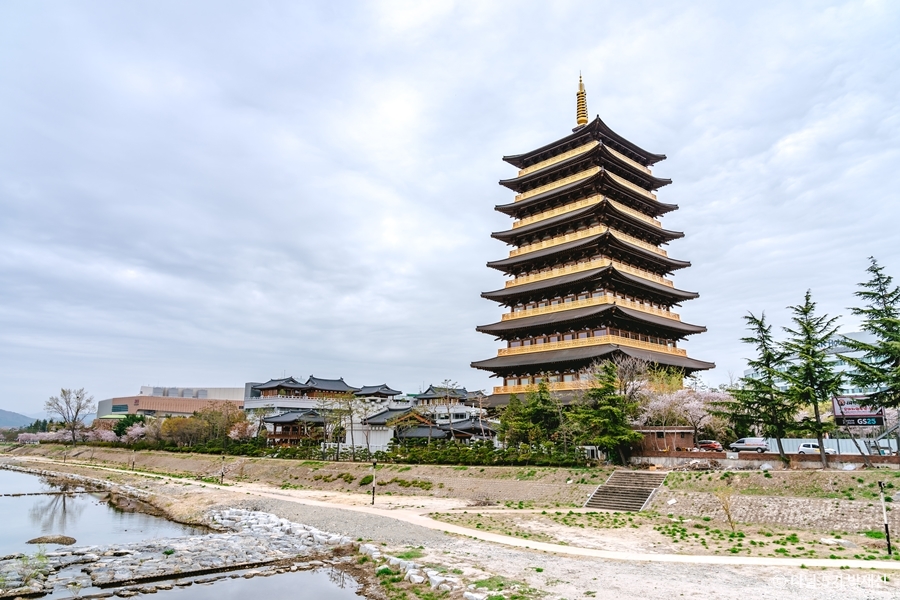
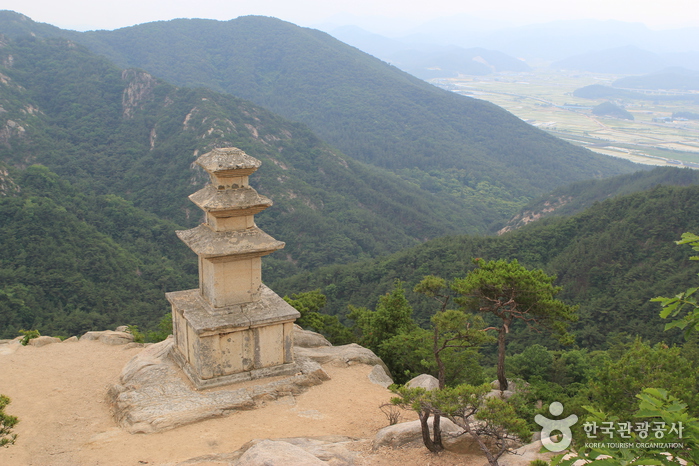
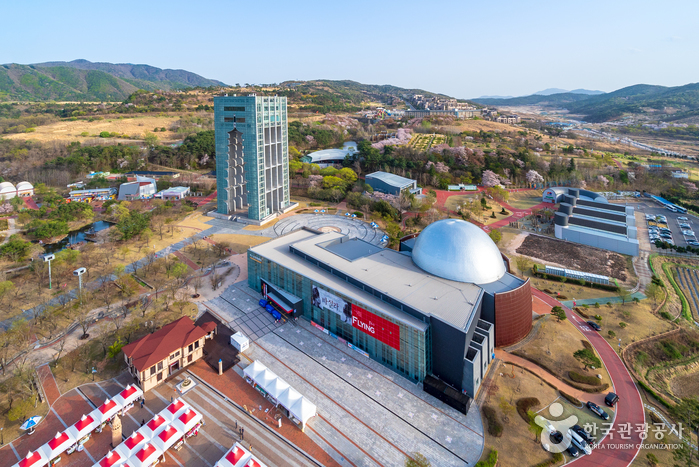

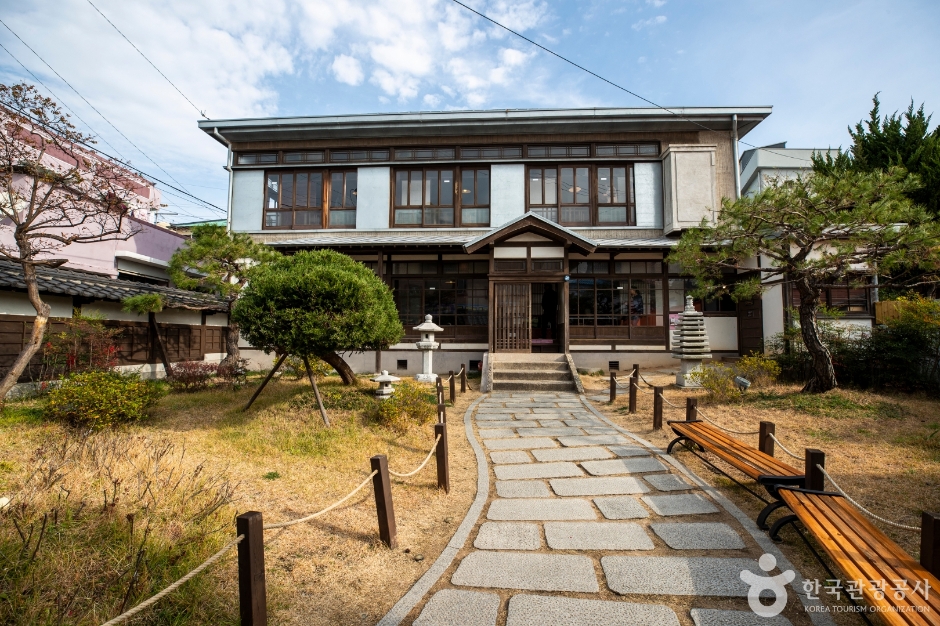
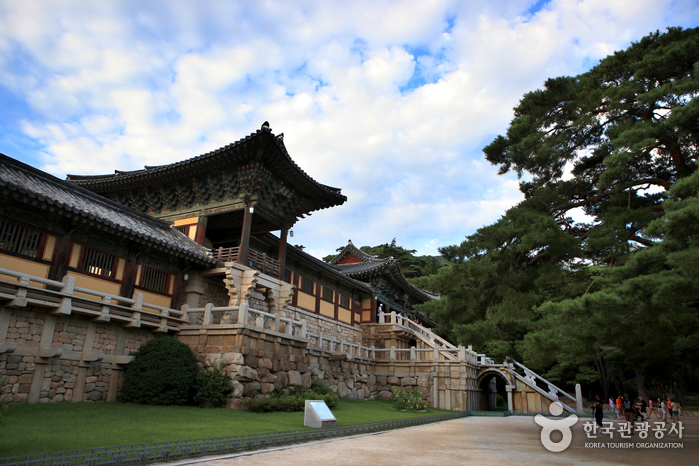
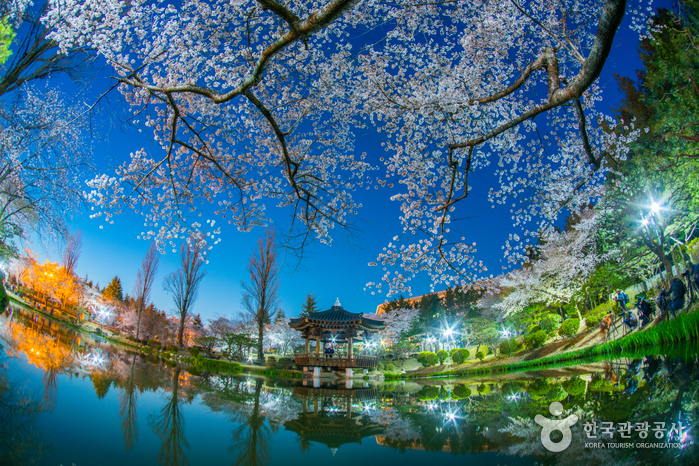
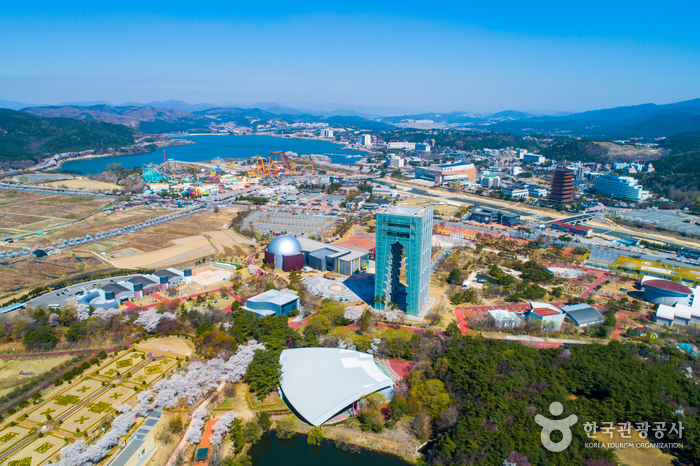
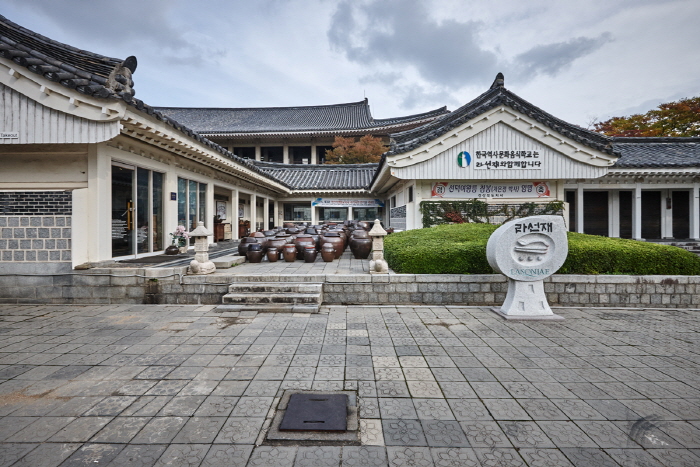
 English
English
 한국어
한국어 日本語
日本語 中文(简体)
中文(简体) Deutsch
Deutsch Français
Français Español
Español Русский
Русский